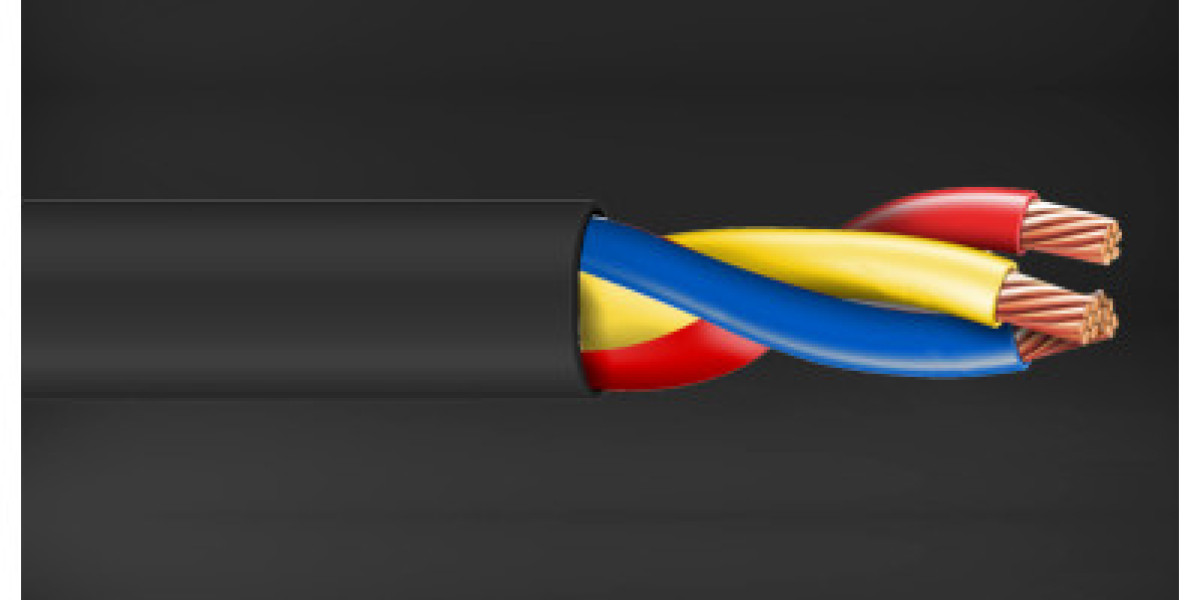In the world of electrical engineering and manufacturing, power cables play a pivotal role in transmitting electricity across myriad settings—from towering urban infrastructures to the intimate spaces of our homes and offices. However, as the demand for power cables grows, so does the concern for their environmental impact. The production and disposal of power cables involve significant resource use and waste generation, making sustainability and recycling crucial issues within the industry. This blog explores the importance of these practices and the innovative methods being adopted to promote eco-friendly power cable production.
The Environmental Impact of Power Cable Production
The manufacturing of power cables primarily involves metals like copper and aluminum, along with various plastics for insulation and sheathing, such as polyethylene and PVC. The extraction and processing of these materials are energy-intensive and produce substantial waste and emissions. Moreover, at the end of their life cycle, discarded cables contribute to the growing problem of electronic waste (e-waste), which poses a serious threat to the environment and human health due to the release of toxic substances into soil and waterways.
The Case for Recycling
Recycling used power cables presents a double benefit: it reduces the need for raw material extraction and minimizes the volume of waste sent to landfills. Metals like copper and aluminum can be recycled indefinitely without loss of properties, which makes the recycling process highly beneficial. The challenge lies in efficiently separating the metal components from the plastic insulation, a process that has traditionally been labor-intensive and costly.
Innovative Recycling Technologies
Advancements in recycling technology have significantly improved the efficiency and cost-effectiveness of separating and recovering materials from old power cables. Here are a few notable innovations:
- Mechanical Shredding and Separation: This process involves shredding cables into small pieces and then separating the metals from plastics using various mechanical techniques such as air separation, magnetic separation, or eddy current separation. This method is highly effective for processing large volumes of waste.
- Cryogenic Processing: In this method, waste cables are cooled to very low temperatures using liquid nitrogen, making the plastic brittle and easier to pulverize. The pulverized plastic is then separated from the metal, allowing for cleaner and more efficient recycling.
- Chemical Recycling: Some newer technologies use chemical treatments to dissolve the plastic insulation, leaving the metal clean and ready for recycling. This method can also recover some types of plastics, which can be reused in other products.
Sustainable Production Practices
Beyond recycling, sustainable production practices are critical in reducing the environmental footprint of power cable manufacturing. These include:
- Using Recycled Materials: Incorporating recycled metals and plastics in the production of new cables can significantly reduce the environmental impact of the manufacturing process.
- Improving Energy Efficiency: Manufacturers are adopting more energy-efficient production technologies and processes to reduce the carbon footprint of their operations.
- Eco-friendly Materials: There is a growing trend towards using alternative, less harmful materials for cable insulation, such as bio-based plastics, which are derived from renewable sources and are more biodegradable than traditional plastics.
- Design for Recycling: Designing power cables with recycling in mind can facilitate the disassembly and separation of components, making the recycling process more efficient and less costly.
Regulatory and Industry Initiatives
Government regulations and industry initiatives play a crucial role in promoting recycling and sustainability in the power cable industry. For example, the European Union’s Waste Electrical and Electronic Equipment (WEEE) Directive mandates the recovery and recycling of e-waste, including power cables. Similar regulations exist in other parts of the world, including mandatory recycling targets and extended producer responsibility schemes, where manufacturers are responsible for the disposal of their products.
Industry groups and consortia are also working towards sustainable practices by setting standards for eco-friendly materials and production processes, sharing best practices, and funding research into innovative recycling technologies.
The Road Ahead
While challenges remain, the future of recycling and sustainability in power cable production looks promising. Continued innovation in recycling technology, coupled with stronger regulatory frameworks and greater industry commitment to sustainability, is paving the way for more environmentally friendly power cable manufacturing practices.
The adoption of these practices not only helps mitigate the environmental impact but also aligns with the global shift towards sustainable development. As consumers and businesses become more environmentally conscious, the demand for sustainably produced and recyclable power cables is likely to grow, further driving the industry towards greener practices.
In conclusion, the power cable industry is at a pivotal point where it can make significant contributions to environmental sustainability. By embracing recycling and sustainable production practices, manufacturers can reduce their ecological footprint, conserve valuable resources, and lead by example in the global effort to achieve a more sustainable future.



